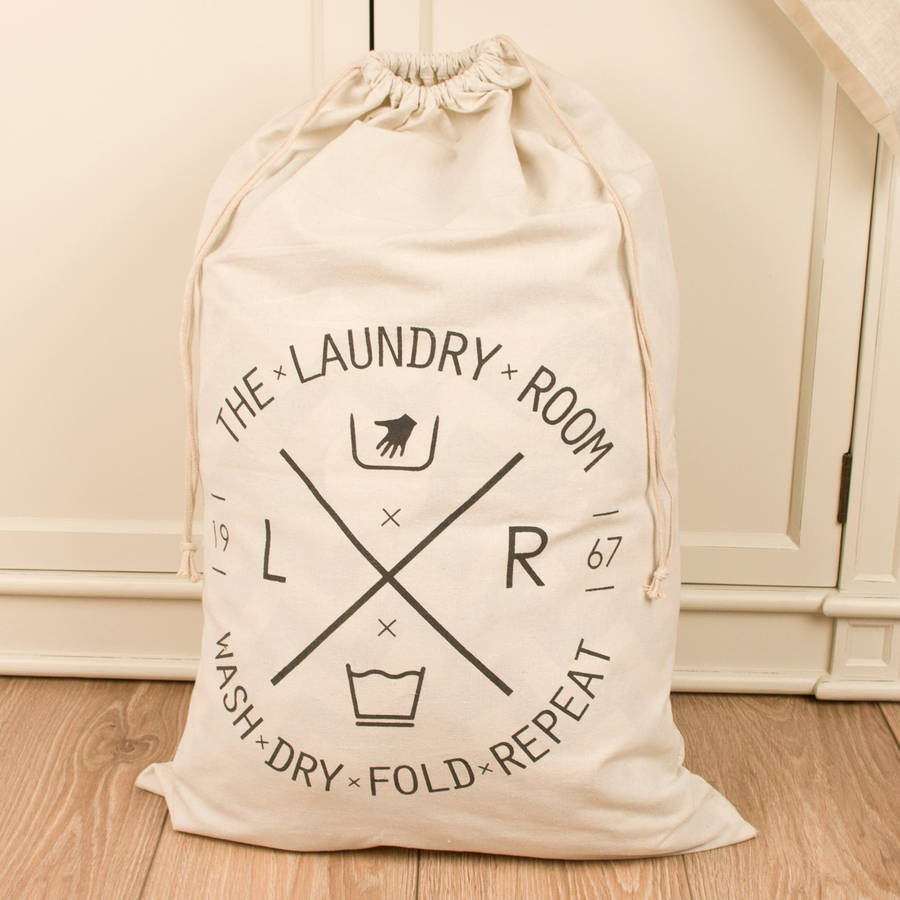
How to read laundry symbols? What is the history of washing clothing? Getting the temperature and wash cycle right is important for seeing great laundry. Drying is an important part of the clothing care process,. If you want to use bleach, you’ll want to take a look at your garment’s.
A laundry symbol , also called a care symbol , is a pictogram which represents a method of washing , for example drying, dry-cleaning and ironing clothing. Such symbols are written on labels, known as care labels or care tags, attached to clothing to indicate how a particular item should best be cleaned. Standard symbols for these care labels differ by region.
Some clothes can – or must – be dry cleaned. A circle means the garment is suitable for dry cleaning. If there’s a letter inside the circle, it’s to tell the dry cleaner which chemical wash and method to use.
If the circle has a cross over it, the item shouldn’t be dry cleaned. What do the Washing Symbols on Clothing Labels Mean? Depicted as a bucket filled with water, the Wash Symbol tells you-what temperature.
To make life easy, the ironing symbol is shaped like an old-fashioned iron. The basic tumble dryer symbol. Lately, you may have noticed a series of hieroglyphics popping up on your laundry’s care labels.

Where once, sage words like, “Machine wash warm , tumble dry low,” informed your laundering decisions, now you’re greeted with a cryptic symbol. This guide explains what the washing and clothing care symbols on your garment labels say about how you should wash , dry, iron and bleach your clothes – taking you through all the essential steps of taking care of your wardrobe. In addition to washing and ironing, the laundry process also includes drying. To prevent your garment from shrinking or becoming misshapen when drying, you can find a number of helpful symbols on the fabric care label, informing you of the most surefire way to dry your clothes without causing any damage to the fabric. In the wash tub is a Celsius water temperature or dots to indicate what water temperature -one dot for col two dots for warm, and three dots for hot water-you should select.
If there are lines under the tub, they tell you what washing machine cycle to select -one for permanent press, two for gentle. Cleaner, fresher clothes means longer-wearing apparel. And clothes that are bleachable are easier to get clean. When a care label doesn’t mention bleach or says Bleach when neede it means it is safe to use Clorox liquid bleach. Machine Wash, Warm Initial water temperature should not exceed 40C or 105F.
Formulated to gently clean and protect your best garments. The wash tub icon tells you exactly how to wash the garment, with underscored lines indicating the recommended cycle and black dots representing water temperature. An X, of course, warns to not machine wash at all. Active family members can be hard on their gym socks, white undershirts and little league uniforms.
For ‘Hand Wash’ clothing, do not use a washing machine. Instead wash garments in a sink or small tub, using your hands to ensure that the cleaning liquid is thoroughly rubbed into the material and subsequently rinsed out. The laundry symbols on clothing and linen labels provide important information on how to take care of your investment.
The labels were developed as part of the International Organization for Standardization (ISO). Symbols , rather than words, were chosen to better convey information around the world. A laundry symbol, also called a care symbol, is a pictogram which represents a method of washing , for example drying, dry-cleaning and ironing clothing.
If the icon has no dots in the middle of the circle, homeowners can dry the garment on any heat setting. Cotton, polyester, and nylon typically require low heat, while spandex, linen, and microfiber pieces are best left to tumble dry on a cool temperature. If there is a cross over the tumble dry symbol you should not tumble dry the item.

If the care label has a tub with a hand your item can be hand washed or put in a delicate. Basically, they indicate the best way of cleaning clothes without harming the material.
No comments:
Post a Comment
Note: only a member of this blog may post a comment.